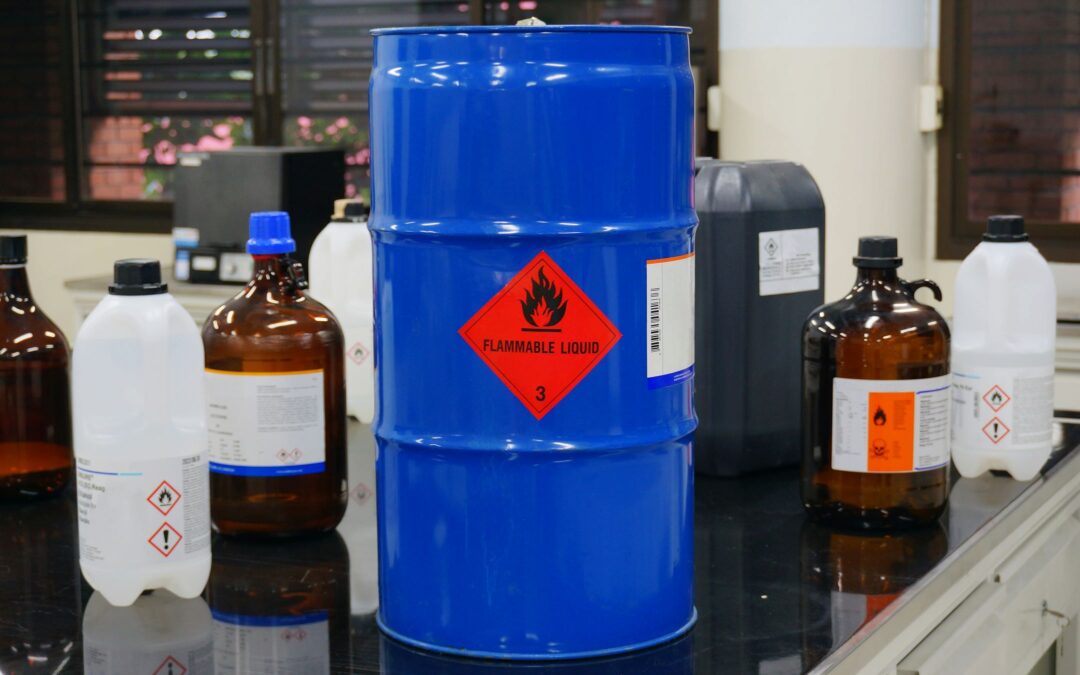Effective chemical inventory management is essential for organizations to comply with regulatory requirements. Regulations such as OSHA’s Hazard Communication Standard and the EPA’s Conservation and Recovery Act require companies to maintain accurate records of the chemicals they use, store, and dispose. Failure to comply with these regulations can result in fines, penalties, and facility shutdowns.
Proper inventory management also helps organizations minimize costs associated with overstocking or understocking chemicals. Overstocking chemicals can lead to unnecessary storage costs, increased risk of spills or accidents, and potential waste of unused chemicals. Understock can disrupt operations, delay projects, and cause downtime. By tracking and managing their chemical inventory effectively, companies can optimize their supply chain, reduce waste, and save money.
Another essential aspect of managing chemical inventory is preventing accidents and emergencies. Improper handling, storage, or disposal of hazardous substances can result in spills, leaks, fires, or chemical exposures that pose severe risks to employees and the surrounding community. By implementing proper inventory management practices, such a labeling chemicals correctly, storing them in appropriate containers and locations, and ensuring employees are trained to handle chemicals safely, companies can mitigate these risks and prevent accidents.
Each container should be labeled with the chemical name, concentration, hazard information, date received, and expiration date, if applicable. This information helps to identify and access chemicals quickly and assists with emergency response in case of spills or accidents.
Chemicals have different storage requirements, such as temperature, humidity, and compatibility with other substances. Storing chemicals in a well-ventilated area, away from heat sources and sunlight, can help prevent reactions or spills. Using appropriate storage containers and labels can also reduce the risk of accidents and ensure that chemicals are easily accessible when needed.
Regular inventory audits ensure all chemicals are accounted for and stored correctly. This involves physically counting and inspecting all containers, checking for leaks or damage, and verifying all necessary safety equipment, such as eyewash stations and fire extinguishers are in place. Audits also help identify expired or no longer needed chemicals that can be safely disposed of, reducing the risk of accidents or environmental contamination.
Unused or expired chemicals should be disposed of according to regulations outlined by local, state, and federal authorities. Failure to properly dispose of chemicals can pose environmental and health risks and lead to potential fines or legal consequences for the organization.
Managing chemical inventory is a critical aspect of industrial operations that cannot be overlooked. By safely handling, storing, and disposing of hazardous substances, companies can ensure compliance with regulations, minimize costs, and prevent accidents.
As always, stay safe out there!


Recent Comments